FREE: Parma in one day!

Parma is a city in the northern Italian region of Emilia-Romagna known for its architecture, music, art, prosciutto (ham), cheese and surrounding countryside. 🎭🧀
🚂 HOW TO GET THERE?
Embark on a journey to Parma with ease! Connected by efficient trains, secure your budget-friendly tickets via the Trenitalia app from Bologna. Your adventure awaits! 🚆🎫
WHAT TO SEE?
Basilica di Santa Maria della Steccata
Santa Maria della Steccata in Parma is a stunning Renaissance and Baroque basilica with a rich history. Built between 1521 and 1539, it became the headquarters of the prestigious Constantinian Order of Saint George in 1718. The church stands on the site of a 14th-century oratory, originally known for a fresco of Saint John the Baptist and later a beloved image of the Madonna breastfeeding, which drew many pilgrims. The name "Steccata" comes from the fence ("steccato") that was erected to manage the crowds. This iconic basilica remains a symbol of faith and history in Parma.

Monumento a Giuseppe Verdi

Palazzo della Pilotta
The Palazzo della Pilotta in Parma is a historic architectural complex that once housed the grandeur of the Farnese family. Built around 1583, its name comes from the Spanish soldiers who played pelota within its walls. Originally connected to the Ducal Palace, the Pilotta includes three courtyards and the famous Teatro Farnese. Despite heavy damage during World War II, it remains a cultural hub, home to the National Archaeological Museum, the Galleria Nazionale di Parma, and the Teatro Farnese. The surrounding Piazzale della Pace was redesigned by architect Mario Botta, adding a modern garden and fountain.

Teatro Regio di Parma
The Teatro Regio di Parma, founded in 1829 by Maria Luigia of Austria, is one of Italy's most iconic opera houses. Designed by Nicola Bettoli, it originally opened with Bellini's *Zaira*. Despite early setbacks and a temporary closure in 1868, Parma’s citizens fought to reopen it, securing its place in operatic history. Known for its beautiful design and rich legacy, the Teatro Regio is celebrated alongside La Scala and other great Italian theatres, remaining a cultural gem in Parma.

Piazza Giuseppe Garibaldi

Parma Cathedral:
The Parma Cathedral, officially known as the Cathedral of Santa Maria Assunta, is a stunning blend of Romanesque and Renaissance architecture. Consecrated in 1106, it stands as the most important Catholic church in Parma, located in the picturesque Piazza Duomo alongside the Baptistery and the Bishop's Palace.
Elevated to the rank of minor basilica in 1834 by Pope Gregory XVI, Parma Cathedral remains a masterpiece of art and architecture, reflecting centuries of religious devotion and artistic achievement.
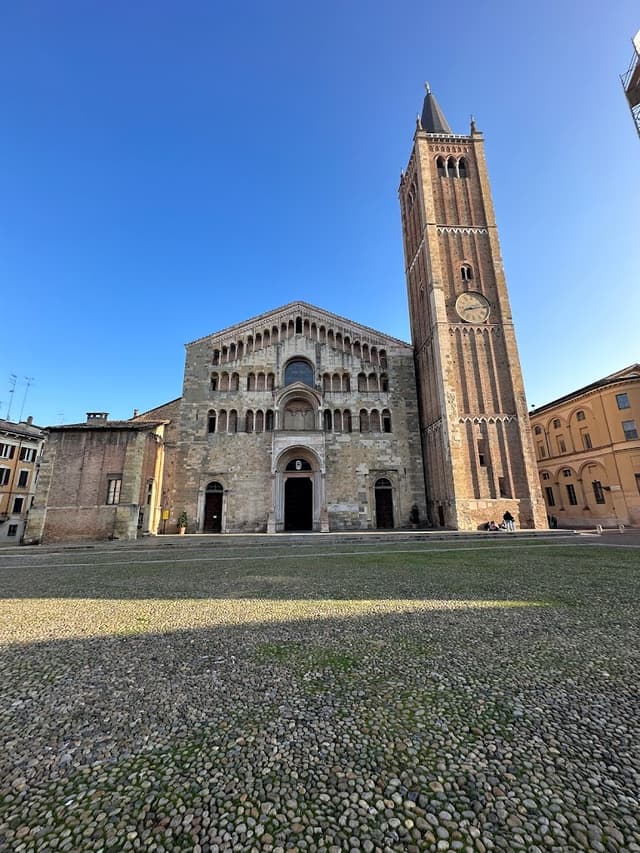
Baptistery of Parma
A medieval gem constructed in 1196 by Antelami, proudly standing beside the cathedral. 🕍
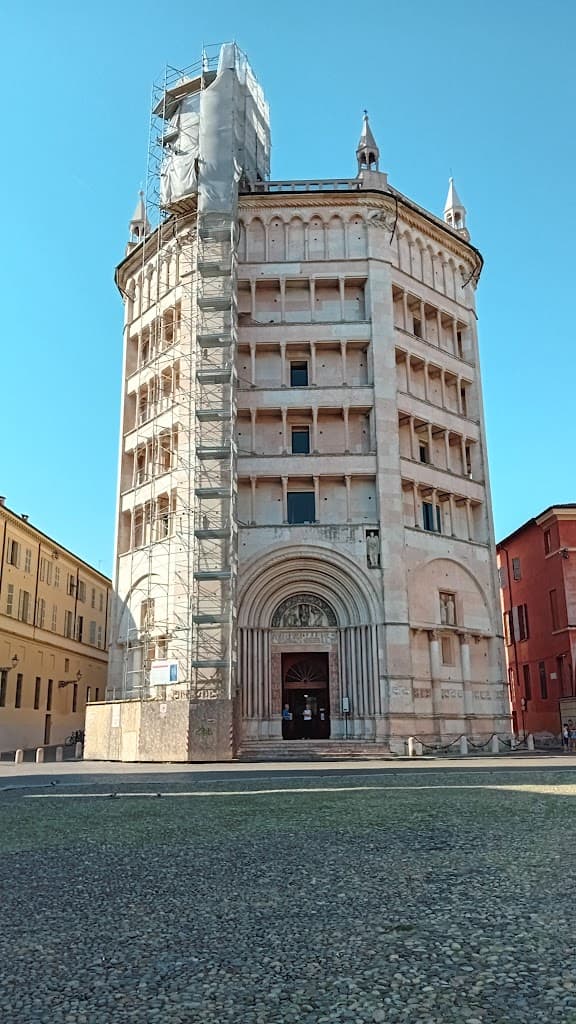
Orto Botanico
Lose yourself in the green embrace of the Orto Botanico di Parma, a botanical garden nurtured by the University of Parma. Nature's sanctuary in the heart of the city. 🌿🌺

🍽️ Prosciutto Paradise & Parmesan Pleasures:
Savor the world-famous Parma prosciutto and the delectable Parmesan cheese. Every bite is a journey through the flavours of Emilia-Romagna! 🍖🧀
🎶 Verdi Festival:
Don't miss the annual Verdi Festival at Teatro Regio every September, a celebration of music echoing through the city's historic walls. 🎵🎉
Have more time? Here is a list of museums:
Galleria Nazionale di Parma
(Location: Palazzo della Pilotta, Italian Renaissance and Baroque art)

Museo Archeologico Nazionale di Parma
(Palazzo della Pilotta; Archaeological artifacts from the region)

Teatro Farnese
(Palazzo della Pilotta; Historical wooden theater from the 17th century)

Museo Glauco Lombardi
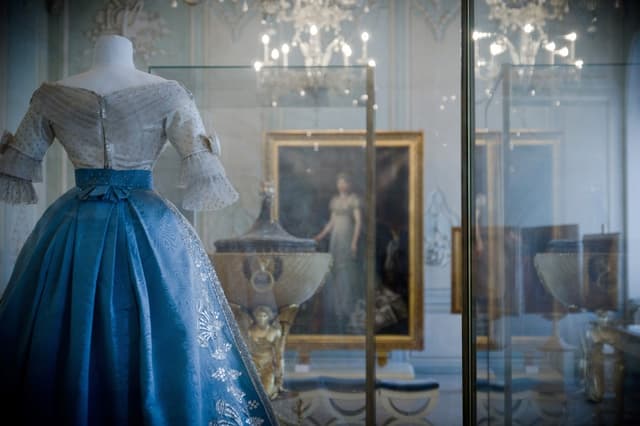
Casa della Musica
(Piazzale San Francesco; History and culture of music in Parma)
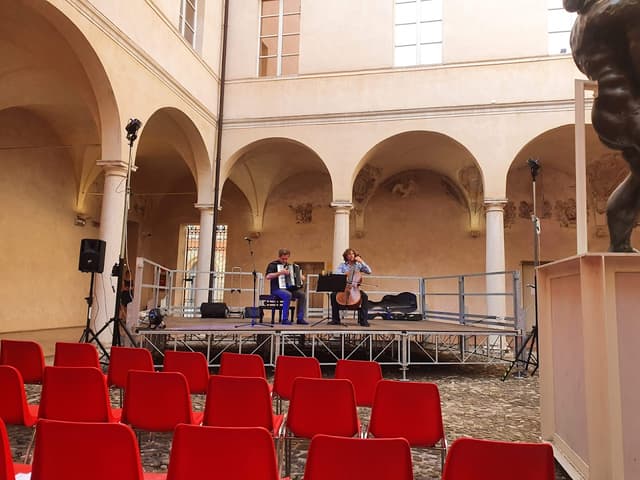
Pinacoteca Stuard
(Borgo del Parmigianino; Art collection from the Middle Ages to the 19th century)

Museo d'Arte Cinese ed Etnografico
(Viale San Martino; Chinese and ethnographic art and artifacts)
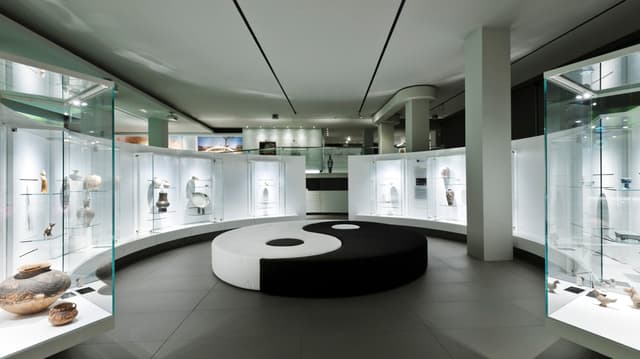
Museo del Prosciutto di Parma
(Langhirano; History and production of Parma ham)
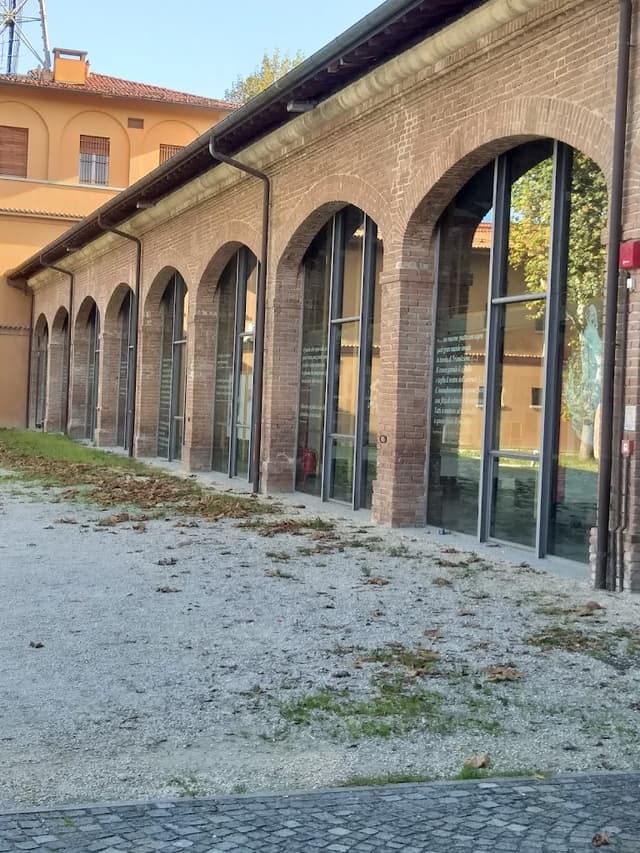
Museo del Parmigiano Reggiano
(Soragna; History and production of Parmesan cheese)

Labirinto della Masone
(Near Parma; The largest bamboo labyrinth in the world, featuring art installations, a museum, and a library)
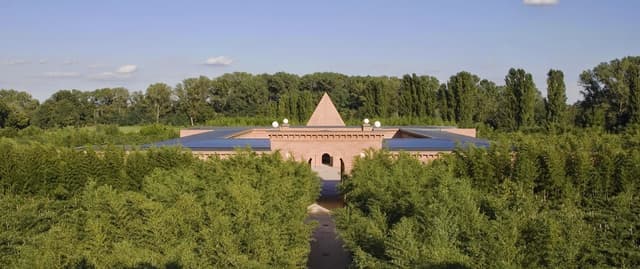
Museo del Salame Felino
(Felino; History and production of Felino salami)

I hope you enjoyed this guide! If you did, please subscribe, save, and don't forget to tip if you found the information useful. 😊
The home for unique & authentic travel
